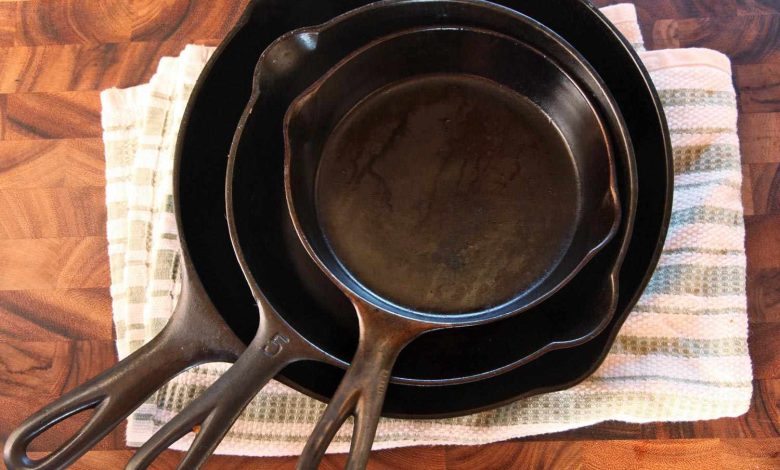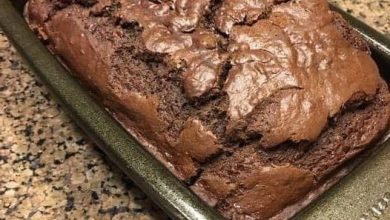What You Should Never Cook in a Cast Iron Skillet

ADVERTISEMENT
A cast iron skillet isn’t just cookware—it’s a legacy. These rugged pans are famous for their heat retention, durability, and classic charm. With proper care, they get better with age, developing a nonstick surface that enhances flavor with every use. But to keep yours in top shape, there are a few key things you shouldn’t throw into the mix.
ADVERTISEMENT
❌ Foods to Keep Out of Your Cast Iron
1. Acidic ingredients
Tomatoes, citrus, and vinegar-based sauces can strip the pan’s seasoning and cause a reaction with the iron. That metallic taste in your tomato stew? A clear sign to use stainless steel or enameled cookware instead. Quick sautés? Maybe. Long simmers? Hard pass.
ADVERTISEMENT
2. Delicate fish
Flaky fillets like tilapia, flounder, or sole are no match for the rough surface and high heat. They stick, break apart, and leave lingering odors. Nonstick or stainless steel skillets are better suited for these gentle swimmers.
3. Sugary, sticky sauces
Teriyaki, honey glazes, and sugary marinades burn fast and cling hard. Unless your skillet’s seasoned to perfection, these sauces are likely to wreck your finish and demand a scrub that risks damaging the surface.
4. Eggs (for beginners)
Unless you’re a cast iron pro or your pan is slick as glass, eggs will cling like they’ve found a home. Until then, stick with nonstick.
5. Strong aromatics
Garlic-heavy stir-fries, spicy curries, and pungent meals can leave behind ghost flavors. That brownie shouldn’t taste like last night’s fish. Keep a separate pan for savory vs. sweet—or deep clean thoroughly between uses.
6. Desserts after savory dishes
Skillet cookies and cobblers thrive in cast iron—but not if it still smells like bacon or onions. Odors can sneak into your sweets if the pan isn’t fresh and clean.
7. High-moisture cooking
Boiling pasta or steaming veg? Not here. Water breaks down seasoning and invites rust. Cast iron is built for dry heat, not waterlogged recipes.
8. Storing leftovers in the skillet
Leaving food in the pan invites rust, flavor changes, and damaged seasoning. Always transfer and wash once cooled.
9. Thermal shock
Pouring cold water into a hot pan or tossing fridge-cold food onto sizzling cast iron can cause cracks or warping. Always let the pan cool gradually.
🧽 Cast Iron Care 101
- Dry completely after washing
- Rub on a light coat of oil to preserve seasoning
- Skip harsh soaps unless absolutely necessary
- Store in a cool, dry spot
With thoughtful care and mindful cooking, your cast iron skillet can be the heart of your kitchen for decades. Avoiding these common missteps lets your pan deliver mouthwatering meals—without the drama. Treat it well, and it’ll return the favor for generations. 🥘💪




